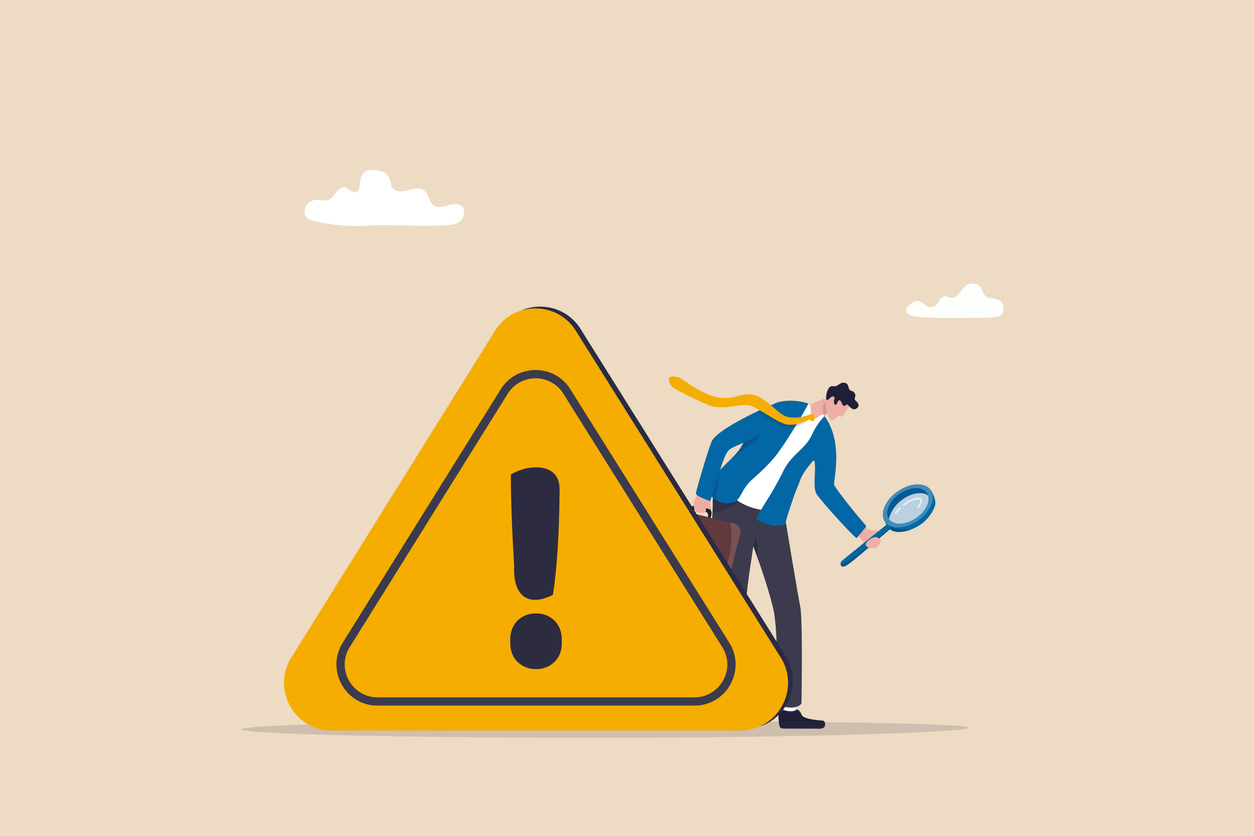Emergencies and catastrophic events can happen anytime in the rapidly changing environment, leaving organizations susceptible.
Disorder and turbulence may result from this kind of susceptibility. Your duty as an administrator is to guide your team through these difficult circumstances and withstand the storm.
Nevertheless, the strain might become intolerable if you don't have precautions and contingency plans for potential catastrophes. We'll consider 5 strategies you may use to deal with unfavourable workplace circumstances to help you overcome these obstacles while keeping your employees on track.
#1 - Communicate transparently
During emergencies, it is critical to communicate clearly and promptly. To keep everyone up to date, create numerous communication avenues both inside and outside routes. Ensure the information supplied is reliable, consistent, and accessible with frequent updates.
Your supervisors should have the final word on any ideas you propose. This will be very beneficial for analyzing and enhancing answers with each circumstance. Keeping everyone in the loop about incidents can help the team gain insight into the bad ones. To communicate efficiently and transparently, consider affording an emergency management degree, which will help provide the best resolution.
#2 - Put employee safety first
During an emergency, you should put the security of your staff first. Ensure the employee's safety, take responsibility for all of them, and give them the required help. The instances of a physical crisis, like a fire, and a psychological emergency, like exhaustion or an emotional breakdown, can qualify as such. Observe the correct procedures for reacting to uphold the company's fundamental principles.
#3 - Set up an emergency response plan
Create a thorough strategy outlining positions, duties, and protocols for various situations. Ensure everyone on staff is aware of this strategy, and regularly run drills and exercises to evaluate its efficacy.
Have several meetings with different groups to start this process and discuss potential issues that might occur. Evaluate the most practical and effective methods to address these problems with these groups. Create thorough procedures that will be advantageous to all stakeholders.
#4 - Evaluate the situation diligently
To properly comprehend a crisis or disaster's effects, get the correct data. Analyze the hazards, the resources at hand, and possible outcomes. This knowledge will guide your decision-making, and it will assist you in creating an adequate response. Finding ways to figure this out can help you deal with such complex scenarios most successfully.
#5 - Gather learnings from the experience
After the emergency has been addressed, take time to reflect on it and draw lessons. Perform a post-incident assessment to find out what worked well and what needed improvement. Use this information to improve and modify your emergency management strategy.
Managing emergencies and catastrophes calls for an amalgam of leadership, planning, and adaptation. These 5 strategies can help managers steer their people through challenging situations, mitigate the implications of emergencies, and emerge victorious. Your management choices have an immediate influence on the mental and physical health of your employees as well as the overall viability of your business.












